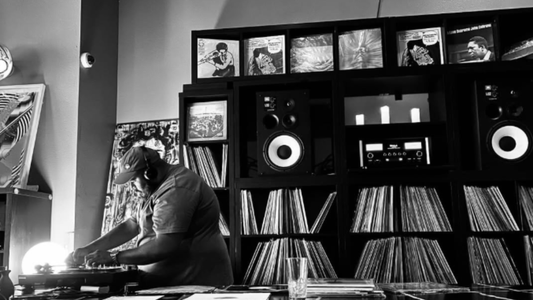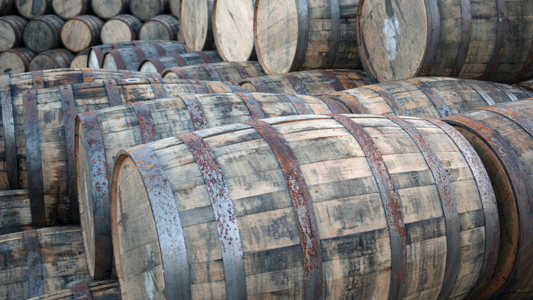
Paradiso — A Deep Dive into Barcelona’s Cocktail Icon
By Rafi Mercer
New Listing
Venue Name: Paradiso
Address: Carrer de Rera Palau 4, 08003 Barcelona, Spain
Website: paradiso.cat
Instagram: @paradiso_barcelona
In the heart of Barcelona’s El Born district, behind the facade of a pastrami shop, lies Paradiso — a bar that reimagines what a night out can be. You enter through a retro-style fridge door. You pass into a wood-lined corridor. And then you’re inside a space that feels part speakeasy, part design museum, part sound room.
The décor seduces you with subtle cues: Carrara marble bar reminding of Tuscany, curved wood panels echoing the sea, tropical design flourishes hinting at play. The entrance is clandestine. The tone is sophisticated. On the walls you’ll find both cocktail theatre and ambient soundscapes making their way through the room with intention.

Paradiso is best known for cocktails — innovative, theatrical, bold — and it ranks among the world’s elite bars, regularly featured in The World’s 50 Best Bars. But beyond the glass-ware, beyond the mixology, there’s a deeper layer: sound matters. A DJ plays, sometimes vinyl; the room’s acoustics invite more than background music. The crowd isn’t forced to shout over bass; they speak softly, lean closer, listen. Though precise system specs aren’t public, reviews consistently highlight “cool music and lively ambiance” as part of the experience.
Early evenings are about observation: shelves of spirits gleam, bartenders move with precision, you sip a drink served in a custom vessel and feel part of a performance. Later, the setting deepens — the lighting dims, the music moves from experimental pop to deeper groove, the audience shifts from curious tourists to locals in the know. Mood takes over.
Paradiso doesn’t just serve cocktails; it frames them. Each drink has a story, a vessel, a moment. The team behind it (led by mixologist Giacomo Giannotti) built it on principles of hospitality, research, innovation and detail. Entering via the refrigerator door is a metaphor: you step out of one world (the street) into another (the curated room). That room acknowledges lineage — classic cocktail bar, speakeasy tradition — but it also says: we’re listening.
The sound-room logic is subtle yet real. It’s not a dance floor; it’s a hub for presence. Selectors drop records, the turntables work, the crate is deep. The pressure isn’t about lift-off — it’s about immersion. Between cocktails you catch a needle landing, the vinyl warmth in the mid-band, the space between notes. You talk quietly, hear clearly, your senses sharpen.
Design supports the sound. Surfaces chosen for texture, not reflection. Ambient noise restrained. You could be in Tokyo’s jazz-kissa scene or New York’s boutique listening lounge. The context remains Barcelona. You sense the city’s rhythm outside, yet here time tilts slightly: slower, richer, more tuned.
The crowd mirrors that vision. Guests dress thoughtfully, but it’s not about ostentation. They’re here for excellence and sense. Locals and visitors converge. Some come for the award-winning cocktails, some for the sound, some just because word travelled. When a vinyl set begins, attention gathers; the bar becomes a listening space for an hour or more.
Paradiso’s greatness lies in its balance. It could lean into spectacle, but it doesn’t. It could become a dance club, but it slows instead. It could hide its sound behind lights and noise, but it invites you to listen. The cocktails are outstanding, the design exceptional, the setting elevated — yet the room stays open to conversation, to drink, to music.
When you finally leave, stepping back onto Carrer de Rera Palau, the city hugs back. The street noise returns. But you carry something: the taste of a craft cocktail, the feel of a record spinning, the awareness that sound and drink can share the same stage. Paradiso doesn’t just serve moment-by-moment; it creates a memory of frequency.
Rafi Mercer writes about the spaces where music matters. For more stories from Tracks & Tales, subscribe, or click here to read more.














